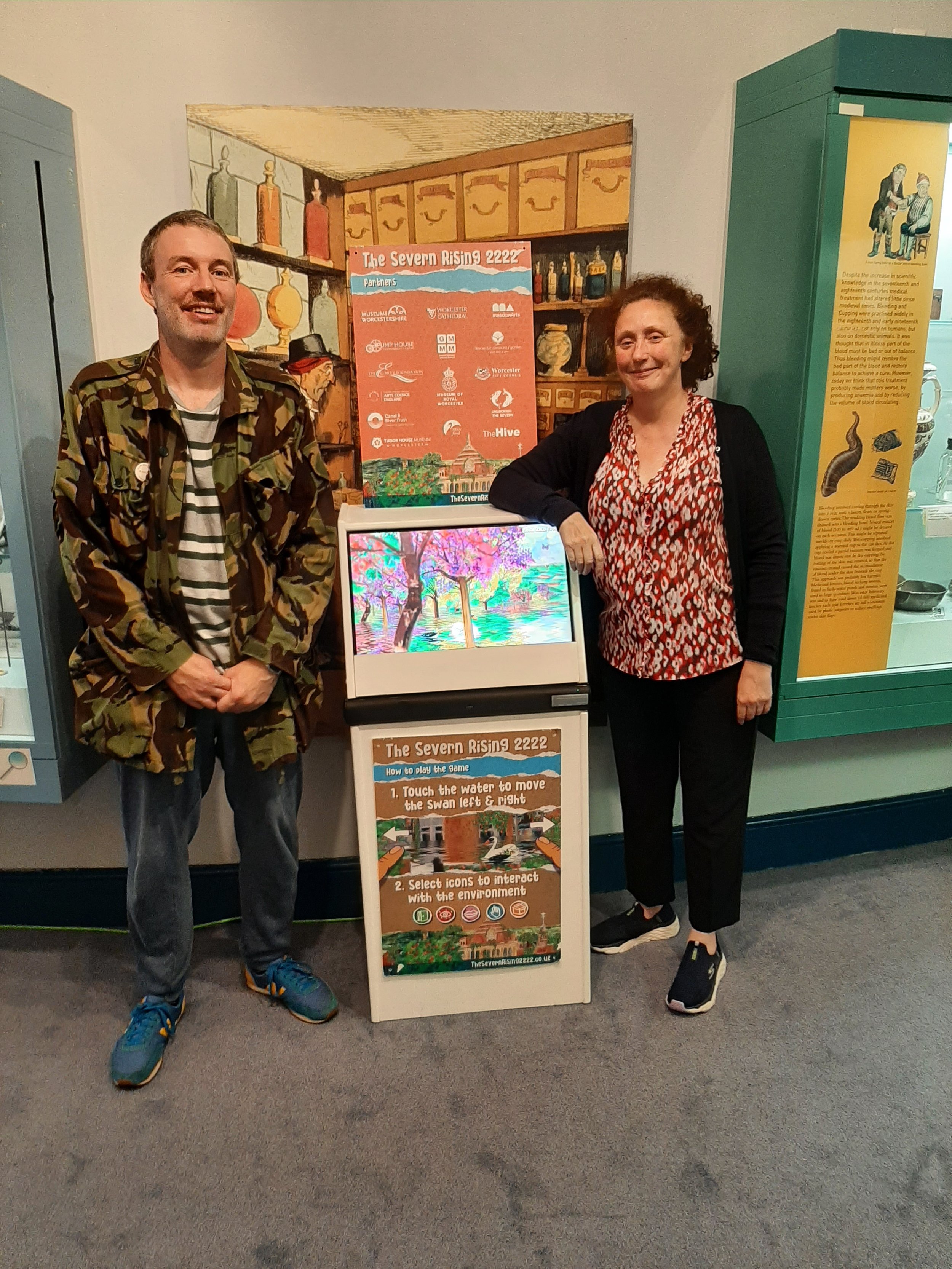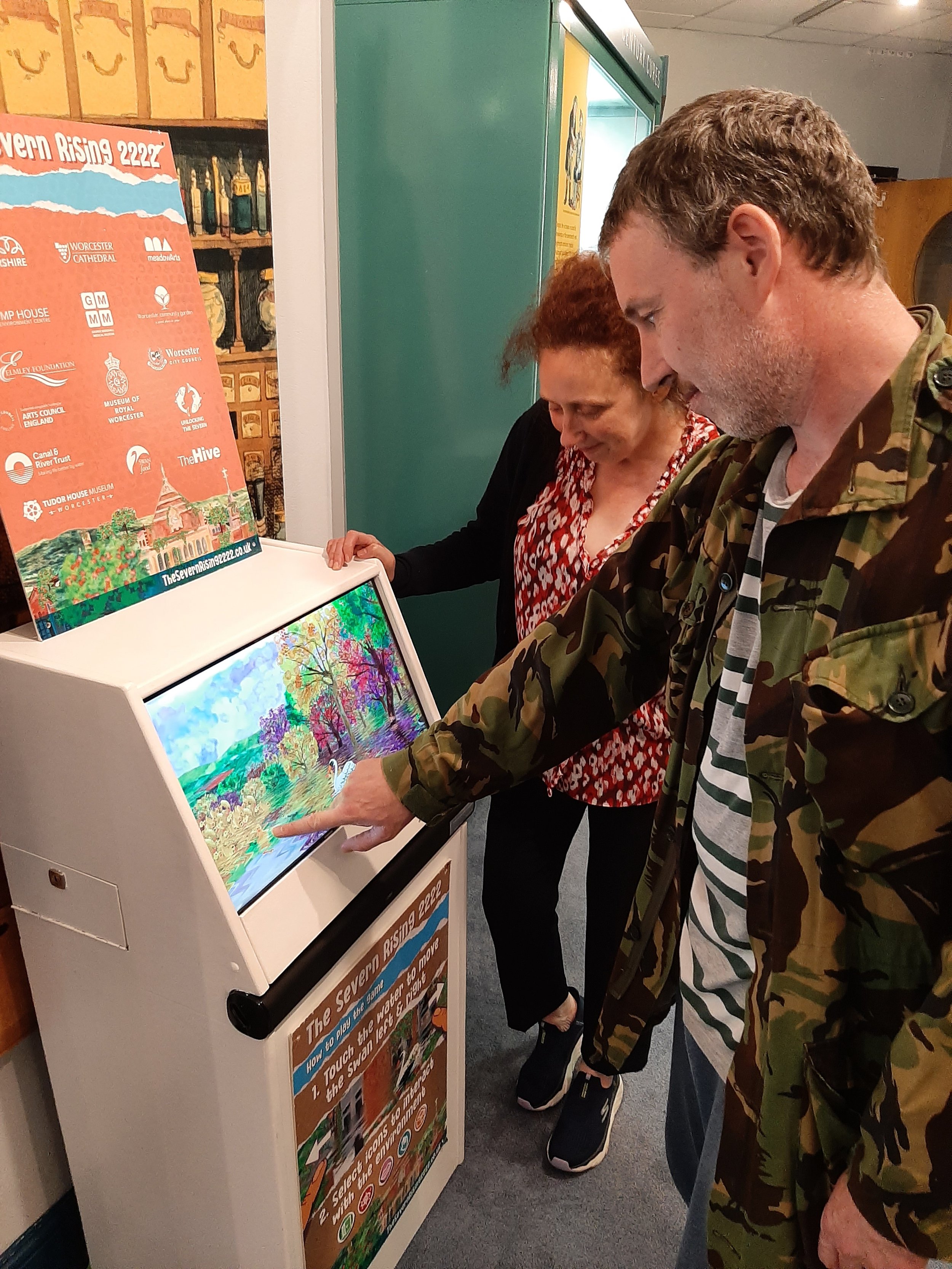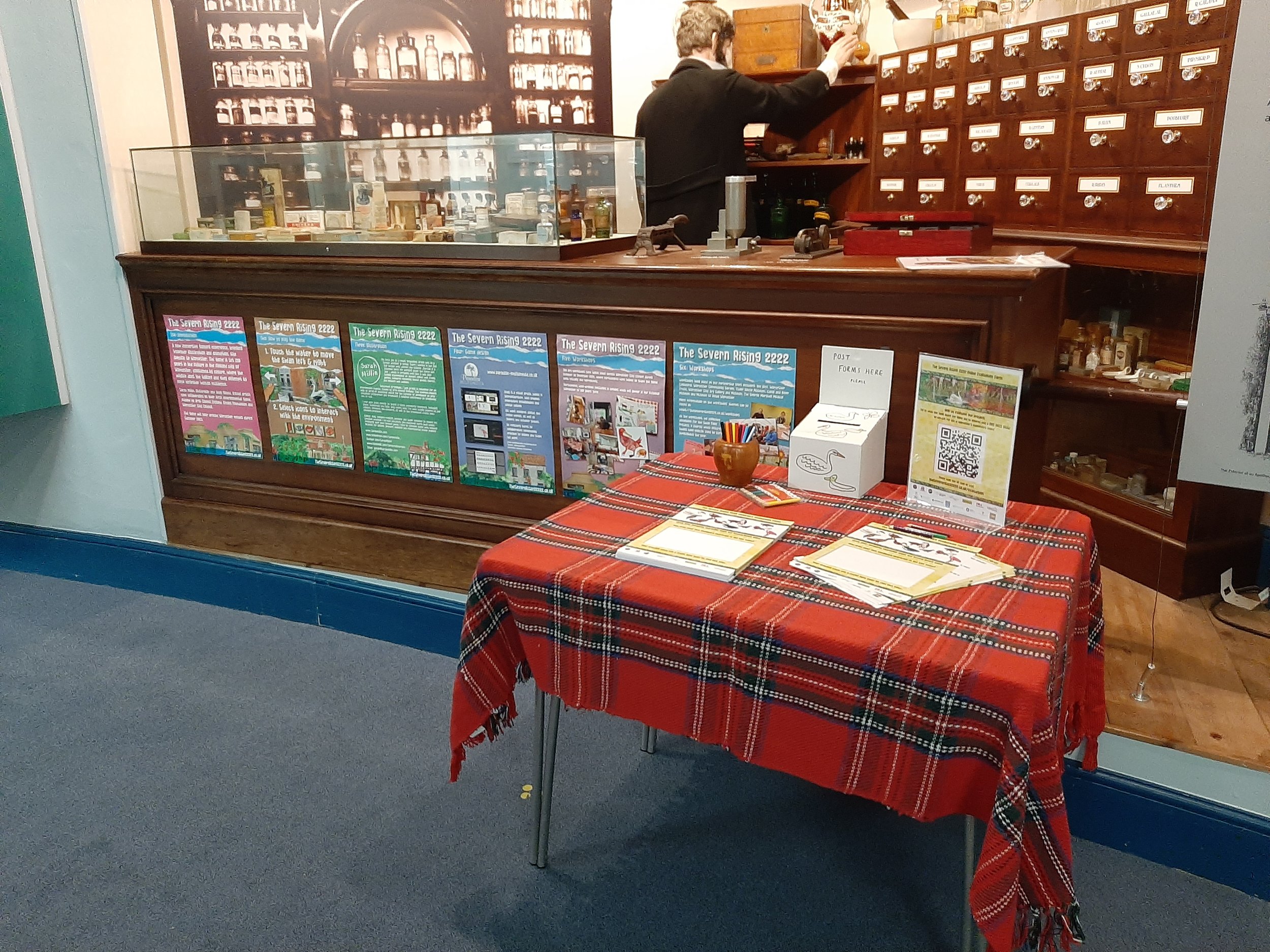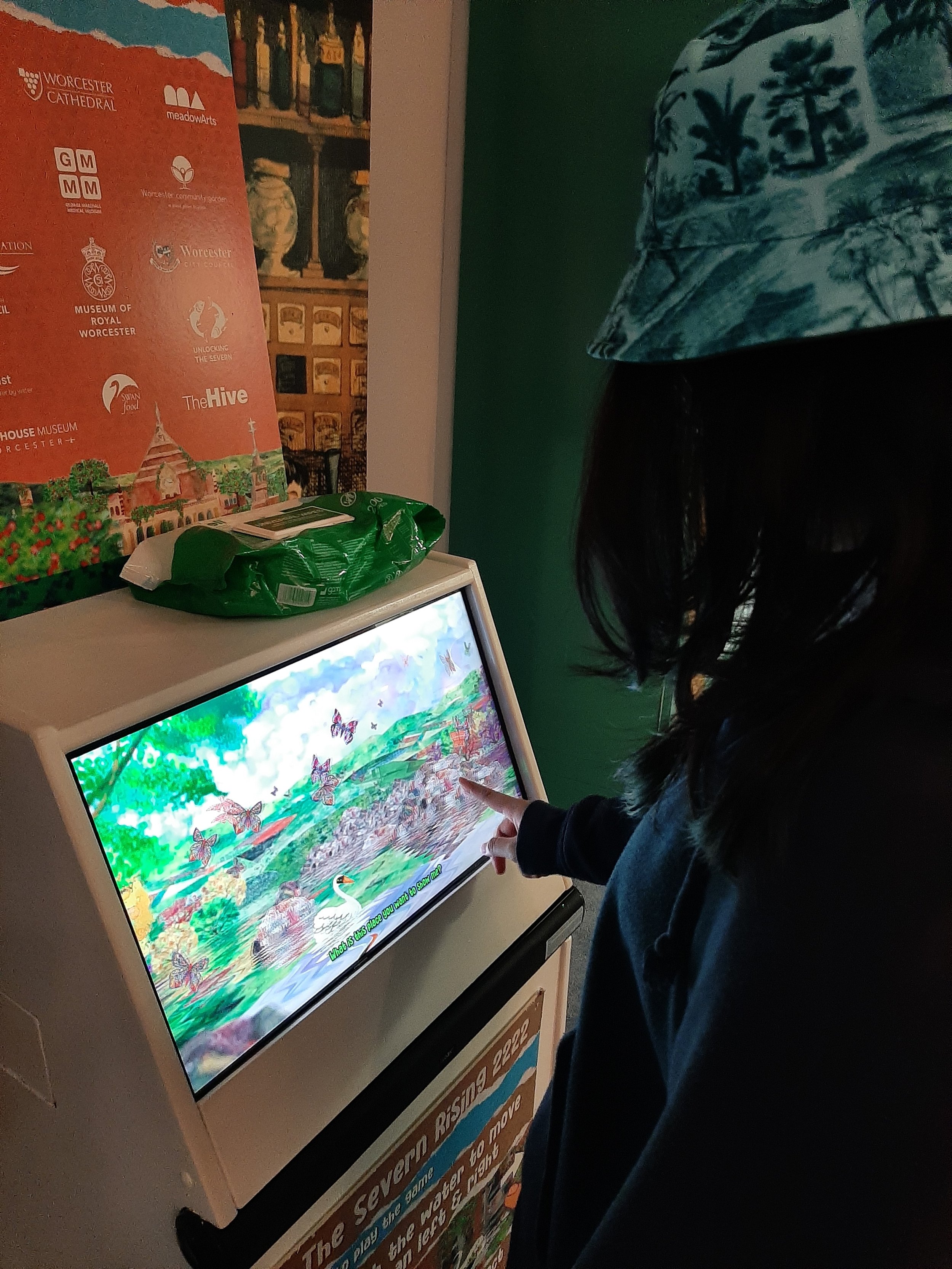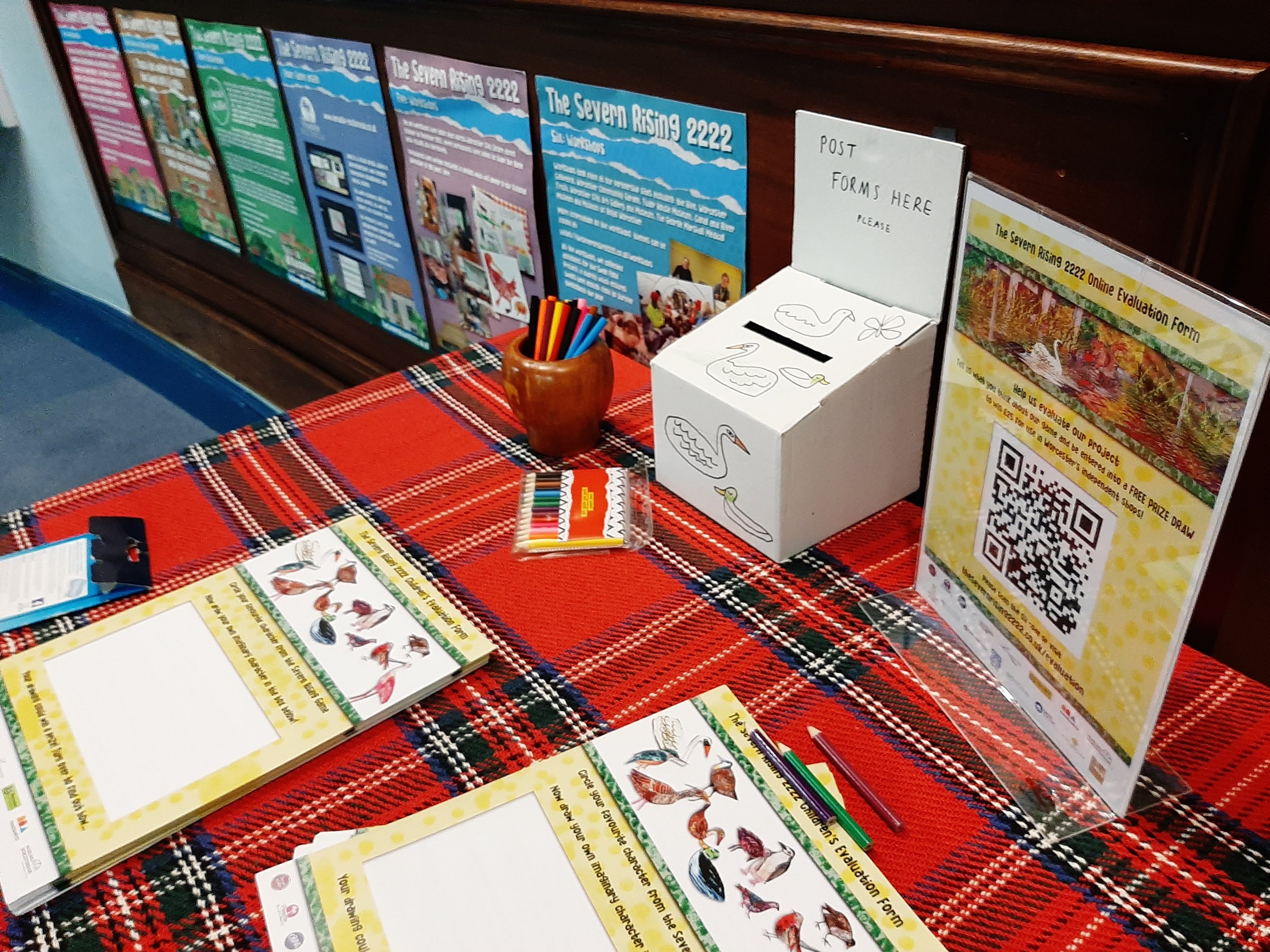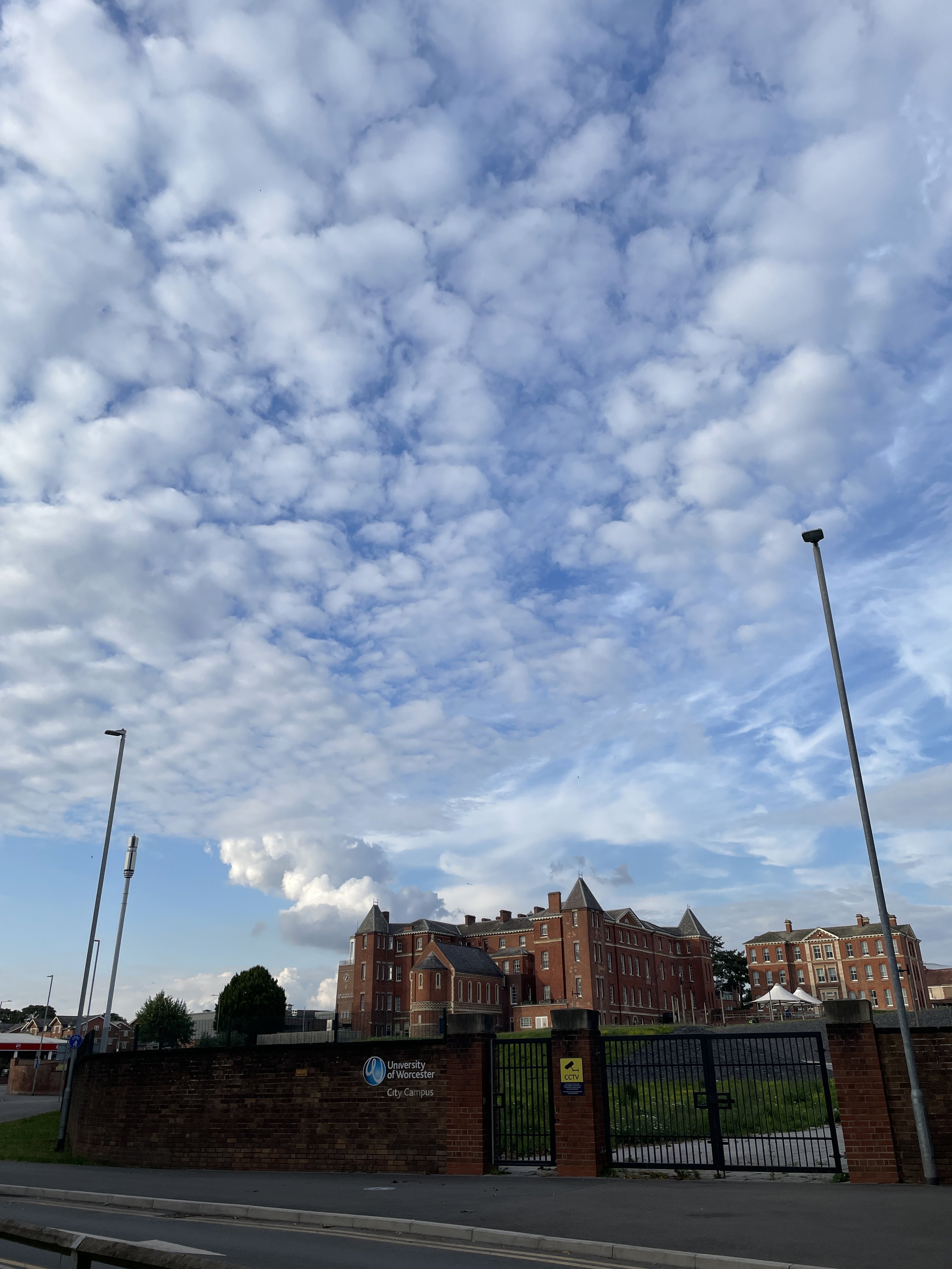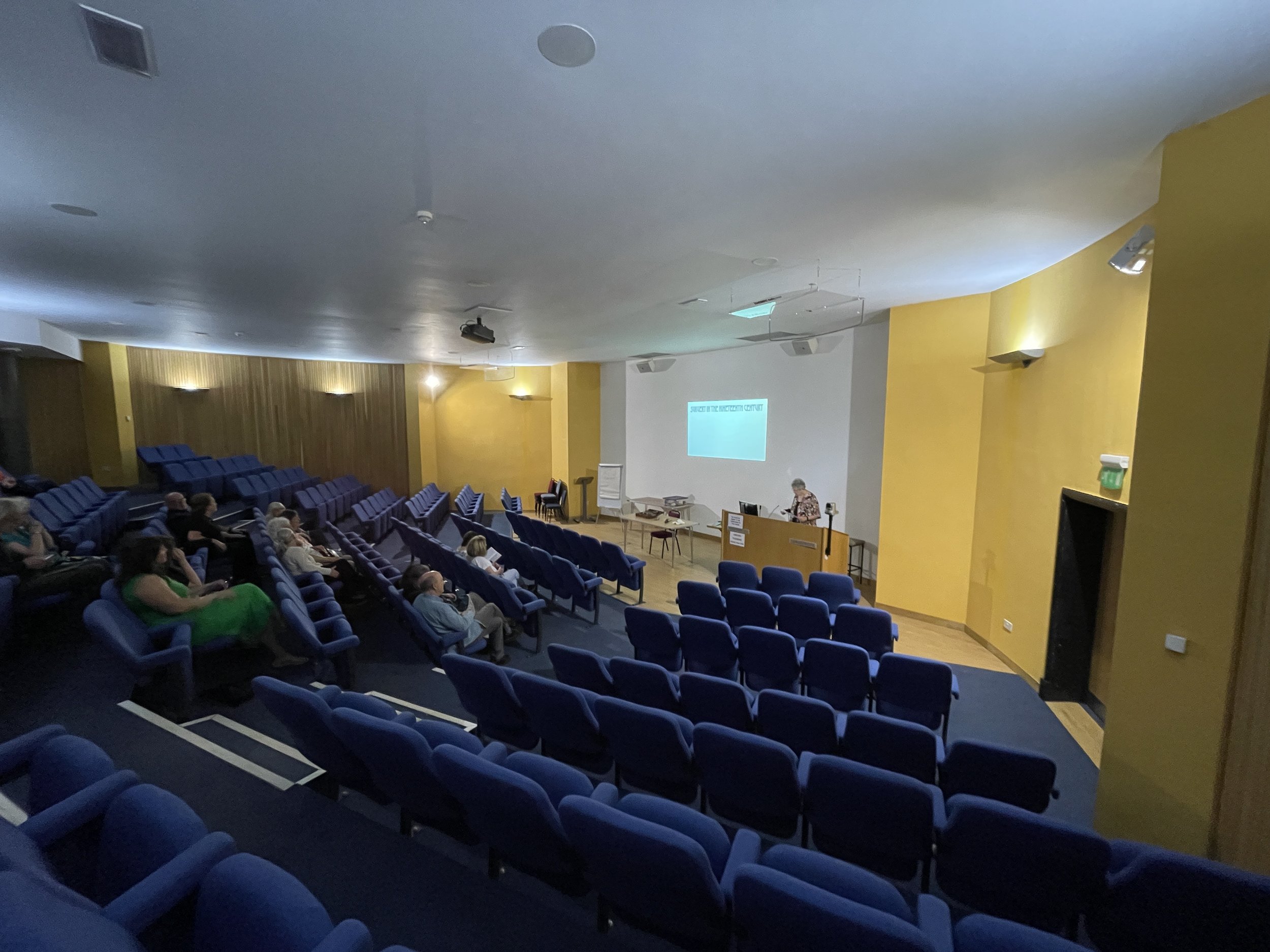Severn Rising 2222 is an ambitious imagining, through gaming, of what the City of Worcester might look like 200 years in the future, where Worcester has been flooded, humans have left, and the city is consumed by nature.
Dominated by the River Severn which flows through it, Worcester is already at the mercy of nature, and regularly experiences flooding which leads to residents and wildlife alike modifying their lifestyle. The Severn Rising 2222 project challenges the residents of Worcester to learn more about climate change, pollution and the direct impact it will have on their community.
This game can now be played at George Marshall Medical Museum during opening hours (Monday to Friday 9am-5pm) on the last stop of the game’s Worcester tour! Play it until Friday 13 October.
Leave the game designers some feedback to be in with the chance to win some vouchers for Worcester independent businesses.
If you’d like to know what you can do for the environment, check out the game designers’ helpful tips on their website: https://thesevernrising2222.co.uk/environment
The creators Andy Round and Sarah Millin installing the game.
